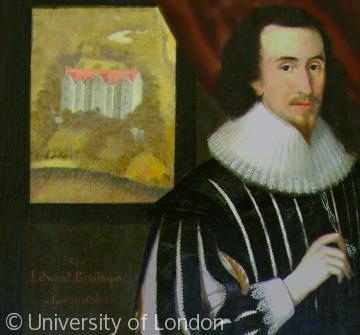English history is often perceived as the history of the landowning class and the ownership of land was seen as the means to wealth and status even after the rise of industrial and business wealth. The successful professional man or manufacturer wished to end his life as a country landowner and even in the 21st century that is an aspiration of many stars of media and sport.
The Domesday survey illustrates the pyramid of landownership known as the feudal system. The king owns all the land; he keeps some for his own use and parcels out the rest among bishops, barons and officials. They in turn keep some, their demesne or home farm, and allocate the rest to secure a cash income, reward supporters and field men for war as landholding usually involved military service. Inheritance of manors was normally by male primogeniture.
At the heart of the system was the manor held by a lord who might be the king or a gentleman of modest means no better off than some of his tenants. In addition some landowners were corporations and by the end of the Middle ages religious houses and university colleges were major landowners. Although most small landowners were resident in the locality many large landowners were absentees. A steward, often a neighbouring landowner would hold courts and a tenant farmer would act as reeve or bailiff and ensure the estate was run properly and all profits delivered to the owner.
By the 17th century most local landowners settled their estates by a process known as entail ensuring that estates could not be sold or divided however large. By the 19th century it was realised that this rigid system was not in the interest of the country especially as it prevented money being released for investment and discourage improvement. Landownership became more fluid, anyone with money could become a landowner and fewer estates continued in the same family for generations.
 Sir Edward Bisshopp, owner of the Parham Estate, West Sussex from 1626 untill 1649
Sir Edward Bisshopp, owner of the Parham Estate, West Sussex from 1626 untill 1649








